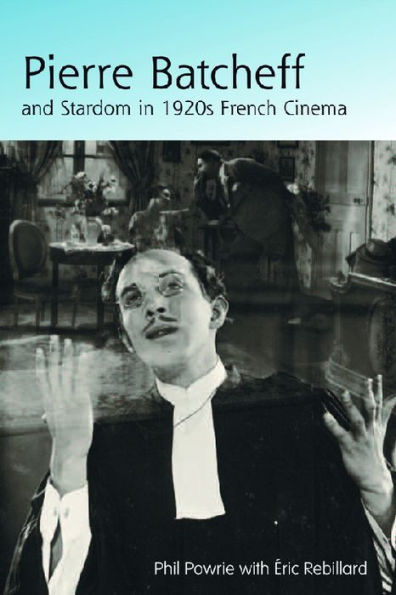This book is the first major study of a French silent cinema star. It focuses on Pierre Batcheff, a prominent popular cinema star in the 1920s, the French Valentino, best-known to modern audiences for his role as the protagonist of the avant-garde film classic Un chien andalou. Unlike other stars, he was linked to intellectual circles, especially the Surrealists. The book places Batcheff in the context of 1920s popular cinema, with specific reference to male stars of the period. It analyses the tensions he exemplifies between the 'popular' and the 'intellectual' during the 1920s, as cinema - the subject of intense intellectual interest across Europe - was racked between commercialism and 'art'. A number of the major films are studied in detail: Le Double amour (Epstein, 1925), Feu Mathias Pascal (L'Herbier, 1925), Éducation de prince (Diamant-Berger, 1927), Le Joueur d'échecs (Bernard, 1927), La Sirène des tropiques (Etiévant and Nalpas, 1927), Les Deux timides (Clair, 1928), Un chien andalou (Buñu



